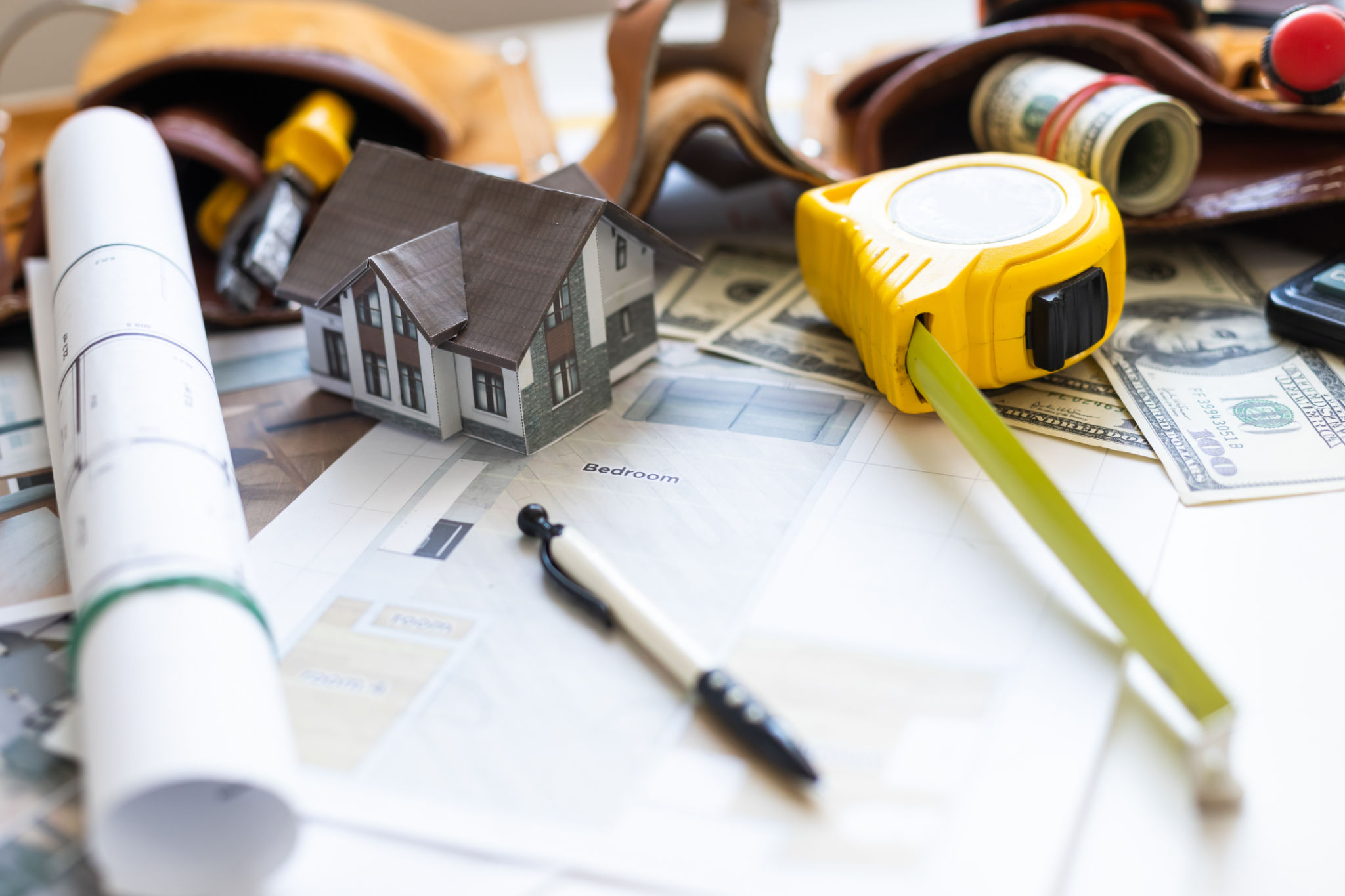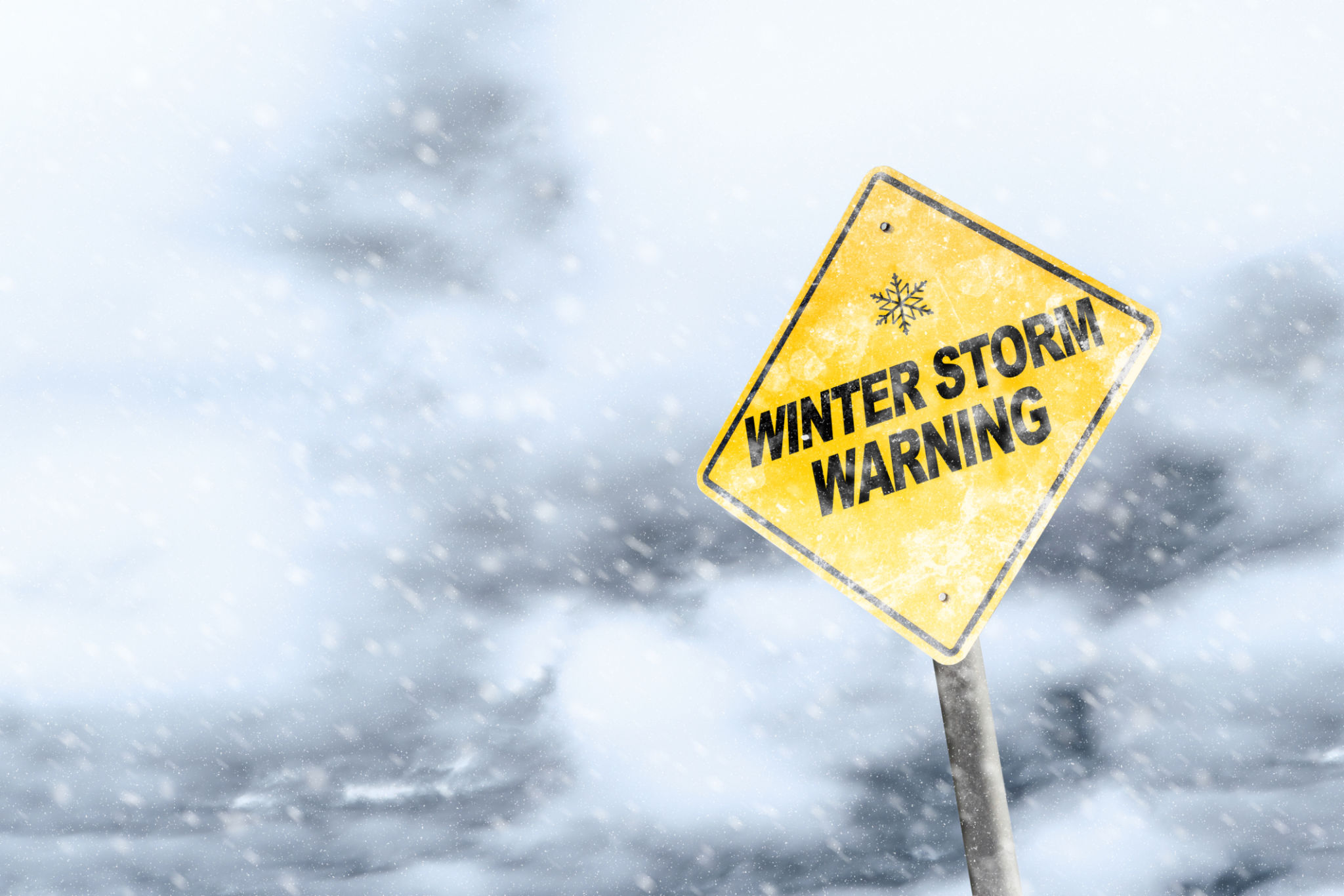Preparing for Seasonal Changes: Tips from a Licensed General Engineer
Da
Understanding Seasonal Changes and Their Impact
As the seasons transition, it’s important to recognize the impact these changes can have on our environment and infrastructure. Each season brings its own challenges, from temperature fluctuations to varying levels of precipitation. A licensed general engineer offers insights on how to effectively prepare for these changes, ensuring that your property remains safe and efficient throughout the year.
The shift from one season to another can affect everything from structural integrity to energy consumption. It’s crucial to be proactive in addressing potential risks and implementing preventative measures. By understanding the specific effects of each season, you can make informed decisions about maintenance and improvements.

Conducting a Thorough Inspection
Before the new season fully sets in, conduct a comprehensive inspection of your property. This involves examining both the interior and exterior to identify any areas that may require attention. Key aspects to focus on include:
- Roofing: Check for any signs of damage or wear, such as missing shingles or leaks.
- Insulation: Ensure that walls, attics, and basements are properly insulated to maintain temperature control.
- Drainage Systems: Inspect gutters and downspouts to prevent water buildup and potential flooding.
These inspections will help you catch small issues before they become major problems, saving you time and money in the long run.
Seasonal Maintenance Tips
Regular maintenance is key to preparing for seasonal changes. Here are some tips from an engineering perspective:
- Heating and Cooling Systems: Before winter or summer, service your HVAC systems to ensure they are running efficiently.
- Windows and Doors: Seal any gaps or cracks to prevent drafts and improve energy efficiency.
- Exterior Lighting: Check all exterior lights for proper functioning to enhance safety during shorter daylight hours.

By staying on top of these tasks, you can minimize disruptions and maintain a comfortable living environment year-round.
Preparing for Extreme Weather
The unpredictability of extreme weather events necessitates a robust preparation plan. Engineers recommend taking the following steps:
- Emergency Kits: Assemble kits with essentials like food, water, batteries, and first-aid supplies.
- Structural Reinforcement: Strengthen vulnerable areas such as windows and doors to withstand high winds or heavy snowfall.
- Backup Power: Consider investing in a generator to ensure power continuity during outages.
These measures can significantly reduce the risk of damage during severe weather conditions.

Long-term Infrastructure Planning
While immediate preparations are crucial, it’s also important to think about long-term strategies for dealing with seasonal changes. This might involve investing in sustainable technologies or retrofitting existing structures for greater resilience. Consult with a licensed engineer to explore options that align with your budget and environmental goals.
Implementing these strategies can not only protect your property but also contribute to broader efforts in sustainability and climate adaptation.
Conclusion
Preparing for seasonal changes requires a combination of immediate actions and long-term planning. By following the advice of licensed general engineers, you can ensure your property remains safe, efficient, and resilient throughout the year. Regular inspections, maintenance, and strategic planning are integral components of this process. Start today by assessing your current situation and identifying areas for improvement.
Remember, proactive preparation is the key to minimizing disruptions and safeguarding your investments against the challenges posed by seasonal transitions.